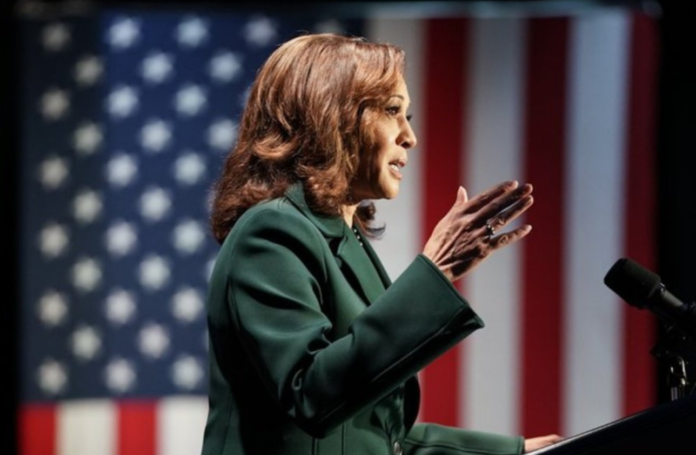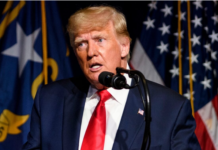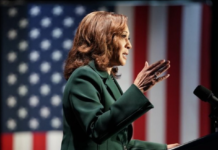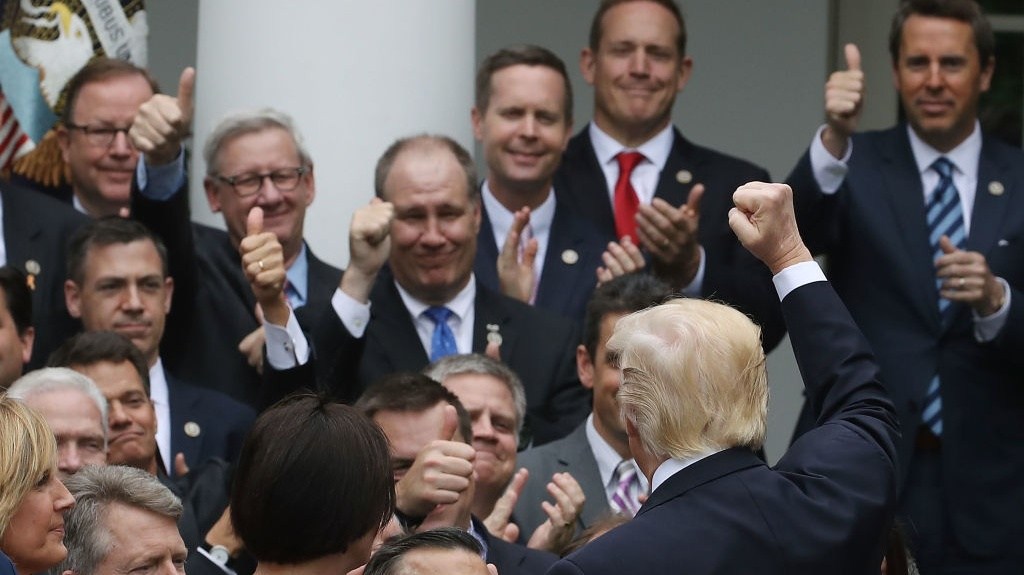By Errin Haines/Originally published by The 19th
This column first appeared in The Amendment, a biweekly newsletter by Errin Haines, The 19th’s editor-at-large. Subscribe today to get early access to future Election 2024 analysis.
With 70 days to go until Election Day, Vice President Kamala Harris is now within striking distance of becoming America’s 47th president.
For some, the moment seemed implausible just over a month ago — and that was not lost on Harris as she accepted the Democratic Party’s nomination for president.
“America, the path that led me here in recent weeks, was no doubt unexpected,” Harris told voters Thursday, the final night of the Democratic National Convention. “But I’m no stranger to unlikely journeys.”
In record time, Harris has gone from running mate to candidate, from overlooked to undeniable as the Democratic Party’s standard bearer.
The circumstances of Harris’ historic run, like the 2024 election cycle, have been unconventional, a combination of luck — good and bad — preparation, and an unprecedented political climate. Now, for the second time in less than a decade — and the second time ever — a woman is at the top of the ticket for a major American political party.
Biden’s decision to drop out, thrusting Harris into the campaign and allowing her to ride a wave of joy and momentum, has created a situation singular in American politics.
For many reasons, this couldn’t have happened any other way: In an electorate that has never made a woman president and only once gone for a non-White presidential candidate, many are suddenly excited about a candidate who’s a woman of color, in part because she holds both of these identities.
The unusual nature of the race is a positive, said Hillary Clinton, the 2016 Democratic nominee for president and the first woman to win a major party’s nomination.
“A short campaign, a dramatic exit and entrance … I think all of that works to her advantage, because it captured the imagination of people,” Clinton said. “The country is certainly paying attention to her. It’s a real tribute to her and the way that she just leapt onto the scene, took control of it, showed how effective she was from the very beginning.”
Clinton’s path to the nomination was not entirely normal, either. Like others who have run for president, she was a former senator and secretary of state, but unlike others, she was a former first lady. And she emerged as her party’s pick after a contentious 2016 primary election where questions around her “likeability” dogged her candidacy.
While vice presidents have often gone on to seek the top job, Harris’ path is unique. She did not have to wait eight years after a failed primary bid to run again. She didn’t face off against Democrats for the nomination, a process that often can push candidates to the left, a potential liability in a general election, and open them up to intense scrutiny from the press. Instead, Democrats got clarity: a choice that is not only about deciding whether to vote for the woman, but whether or not they will support their party’s nominee.
That Harris is running a campaign lasting 107 days — and not the traditional race that lasts more than a year and includes an open primary contest with potential challengers — has unique advantages and pitfalls.
Democratic strategist Karen Finney pointed out that the first 48 hours, with Harris also doing the work of calling delegates and donors, was critical to setting a tone and ensuring a smooth process. But, she added, the shorter timetable means Harris doesn’t have a lot of room for error.
“There are people who wouldn’t have been able to step up that quickly and continue to win the day,” Finney said. “But also, you don’t have a lot of time to recover from missteps.”
The collapsed timeline doesn’t give the candidate time to overthink or the country time to fall into sexist patterns, which both have done in the past. And in the weeks since Harris has been his opponent, Trump has struggled to define her, his traditional playbook of racial and gendered attacks falling flat.
“Donald Trump, for better or worse, has been quite good at getting things to stick to people,” said Prairie View A&M University political scientist Melanye Price. “The longer he repeats the things he says, the more likely it is that somehow, that starts to seep into the narrative of the nation. The less time he has to figure out how to effectively campaign against her, the better it’s going to be for her and more likely it’ll be that those on the fence voters won’t have time for his toxicity to metastasize.”
Harris and her campaign have also been on offense, fighting on ground she has defined with her messaging, shaping her own narrative and vision through her campaign events and at the convention. Still looming on the election schedule for Harris are two potential political challenges: a presidential debate currently scheduled for September 10 and her first sit-down press interview, which her campaign has said will happen by the end of August.
Those working to help elect Harris, who have already been collaborating and strategizing but who now have a new candidate and fresh energy, see the rushed calendar as a plus.
“It’s kind of like there’s this sense of urgency that forces everyone to see that we have to dig deep for these next 10 weeks, that we have to go now,” said Stefanie Brown James, co-founder and executive director of CollectivePAC, which works to elect Black candidates at the local, state and federal level. “We’re seeing people want to know who this person is that’s causing all this excitement? What does she stand for? That’s something we can’t sleep on, and it’s going to take every ounce of us working every day for the next 10 weeks for us to be successful.”
In many ways, the story of Harris’ unlikely journey is one not just of 107 days, but of the last four years, and about how far the candidate and the country have come. Much of that evolution happened behind the scenes, when the media paid less attention to a role that has been traditionally unimportant.
But with a new opportunity to introduce herself, after a national reckoning on race, with women continuing to break barriers across society, could voters choose Harris to break what Clinton calls “the highest, hardest glass ceiling”?
Harris is making the case for why she is ready to be president. Soon, the country will decide whether they believe she is ready.



































